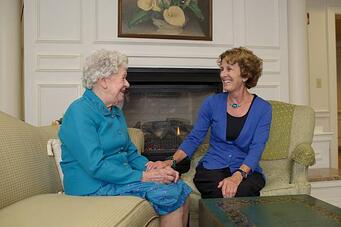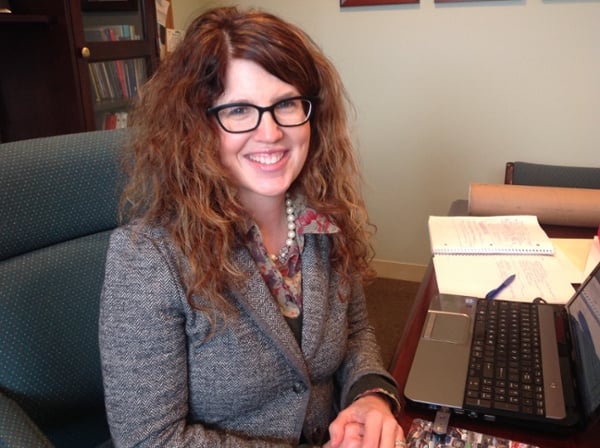 Knowing when is the right time to move your loved one into assisted living is not easy. You may have seen warning signs that put you on edge, such as out-of-character behaviors and various odd incidents at home which planted the seed of alternative care in your head. The fact that you are having this mental conflict in the first place is a sign in itself to start the conversation with your loved ones.
Knowing when is the right time to move your loved one into assisted living is not easy. You may have seen warning signs that put you on edge, such as out-of-character behaviors and various odd incidents at home which planted the seed of alternative care in your head. The fact that you are having this mental conflict in the first place is a sign in itself to start the conversation with your loved ones.
Approach it as an informed observer and this will help you build the confidence to take the discussion to the next level.
Red Flags that Suggest it’s Time to Move to Assisted Living…
With appropriate permission, speak with your loved one’s primary doctor to get medical insight about your observations or get a FREE assessment from a Care Advisor from the National Family Caregiver Support Program (NFCSP).
But first, you may notice a combination of these red flags:
- Evidence of neglect in the home: pipe leaks, unsanitary surfaces, lots of clutter, a pile-up of dirty laundry and untended plants and pets.
- Disruption in utility services: unopened mail and unpaid utility bills with subsequent loss of light and heat, water and cable services.
- Signs of a fire: smoke detectors that have been disassembled, discharged fire extinguishers, pot holders with burnt edges, discarded charred pots and pans.
- Increasing difficulty in managing activities of daily living needed to live independently, including: shopping, cooking, dressing, managing medications and frequent bouts of illnesses.
How to Start the Conversation
Most seniors want to remain at home and this should be considered provided it is safe and assistance is on hand to make it a success. When it’s no longer safe and practical—it is time to start the conversation.
As the primary caregiver, you can broach the subject alone or with the support of siblings. When approaching it as a “family meeting” with siblings by your side, designate a role for each sibling in anticipation of the senior parent’s response. Be ready to provide reasonable answers to questions about the loved one’s independence, try to calm the fears and anger, and ease the hurt without getting frustrated.
You can start by asking questions related to daily living needs: “how are you coping with cooking, laundry and/or paying utilities…etc?” Know that this will be the first in a series of “talks” and seek professional advice when necessary. Remember you can’t force your senior parents to move into an assisted living community but you can provide comfort and reassurance during this emotional time.
Key Takeaways:
- To feel confident that you’re doing the right thing, get medical insight about your observations.
- Get a Free assessment from a Care Advisor from the NFCSP.
- A combination of red flags suggests it’s time: home neglect, problems with ADLs, disruptions in utility services, etc.
- Start the conversation by asking questions related to their coping mechanism with daily living needs.
Learn More
If you are interested in learning more about assisted living services please contact United Methodist Homes or visit our website. We would love to answer any questions you may have.






 Knowing when is the right time to move your loved one into
Knowing when is the right time to move your loved one into 